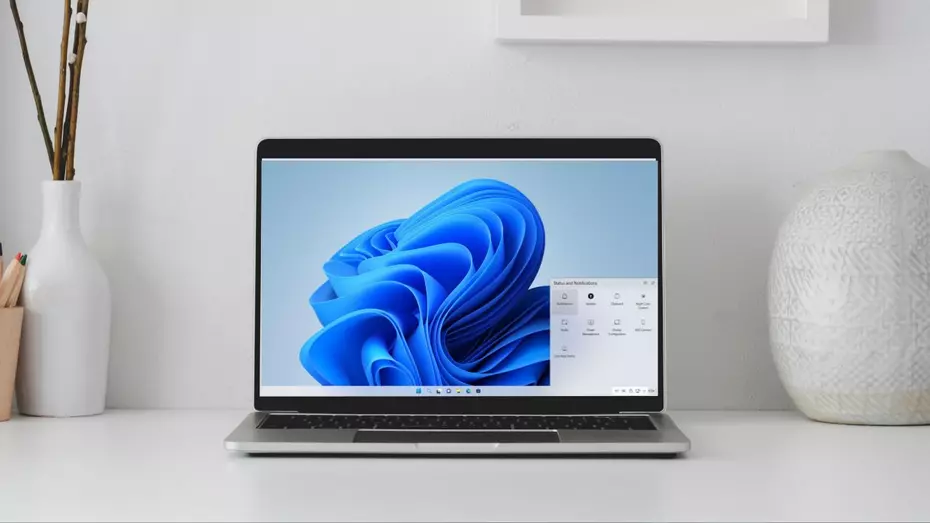Despite the allure of Linux, many users may still yearn for the familiarity and functionality of Windows. Enter Wubuntu, an operating system that seamlessly integrates the best of both worlds by combining Ubuntu’s robust foundation with a complete Windows interface. In this guide, we’ll explore how to use Linux as a clone of Windows 11 with Wubuntu, offering a familiar user experience without compromising the flexibility and security of Linux.
Introducing Wubuntu:
Wubuntu, a portmanteau of Ubuntu and Windows, offers a compelling alternative for users seeking a Windows-like experience on a Linux platform. Built on the Ubuntu base, Wubuntu faithfully replicates the look and feel of Windows 11, providing users with a comprehensive suite of Windows tools and applications. Notably, Wubuntu eliminates certain Windows-specific requirements, such as Secure Boot and TPM cryptographic modules, offering a more accessible and user-friendly experience for Linux enthusiasts.
Two Editions, One Objective:
Wubuntu is available in two distinct editions: Windows Ubuntu 11 Plasma and Windows Ubuntu 11 Cinnamon. While both editions offer a Windows-like interface, they cater to different user preferences and system specifications. The Cinnamon edition, inspired by Windows 10’s interface, provides a familiar experience for users nostalgic for the older Windows version. Optimized for lower-end hardware, the Cinnamon edition ensures smooth performance even on systems with limited resources, making it an ideal choice for older computers or those with modest specifications.
In contrast, the Plasma edition of Wubuntu offers a modern interpretation of Windows 11, infused with the speed and security features synonymous with Linux. Designed for systems with 2 GB or more of RAM, the Plasma edition delivers a seamless user experience while incorporating popular Linux features such as PowerToys and enhanced security measures. With support for Windows AI technologies like Copilot, the Plasma edition offers a glimpse into the future of Windows while retaining the stability and versatility of Linux.
Features and Functionality:
Both editions of Wubuntu boast an extensive array of features, including native support for Windows applications through the Wine compatibility layer. Users can leverage familiar tools such as PowerShell, Skype, Microsoft Teams, and the Edge browser, ensuring compatibility with their existing workflows. Additionally, Wubuntu includes essential Windows utilities like Control Panel and PowerToys, enhancing productivity and convenience for users transitioning from Windows.
Conclusion:
With Wubuntu, users can enjoy the best of both worlds: the familiarity of Windows and the reliability of Linux. Whether you’re a seasoned Linux enthusiast or a Windows devotee exploring alternative operating systems, Wubuntu offers a compelling solution that bridges the gap between the two platforms. With its intuitive interface, robust performance, and extensive feature set, Wubuntu represents a seamless integration of Windows and Linux, empowering users to customize their computing experience without compromise.

